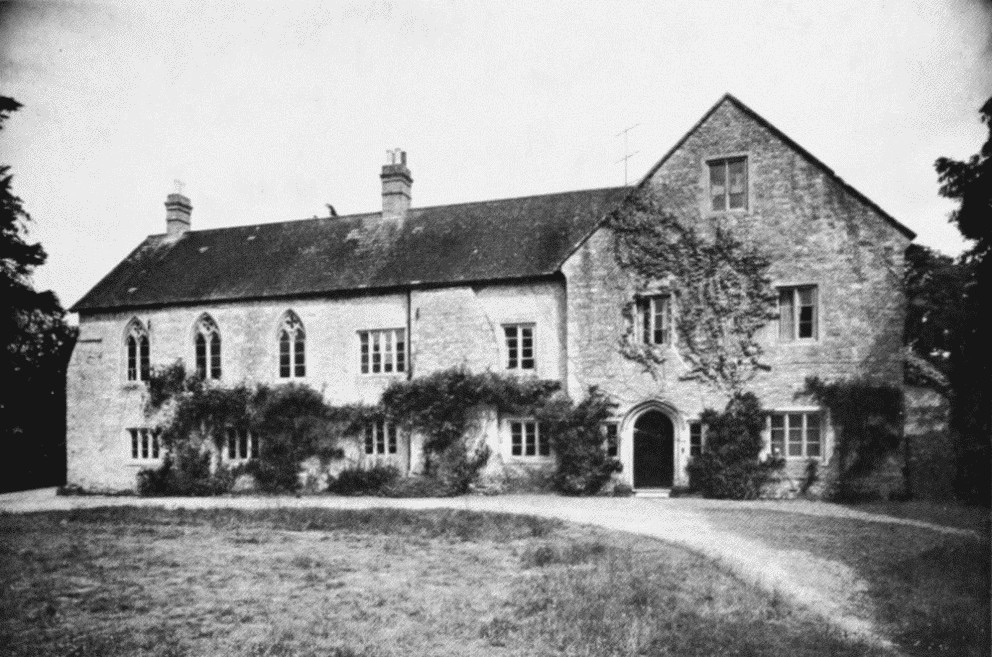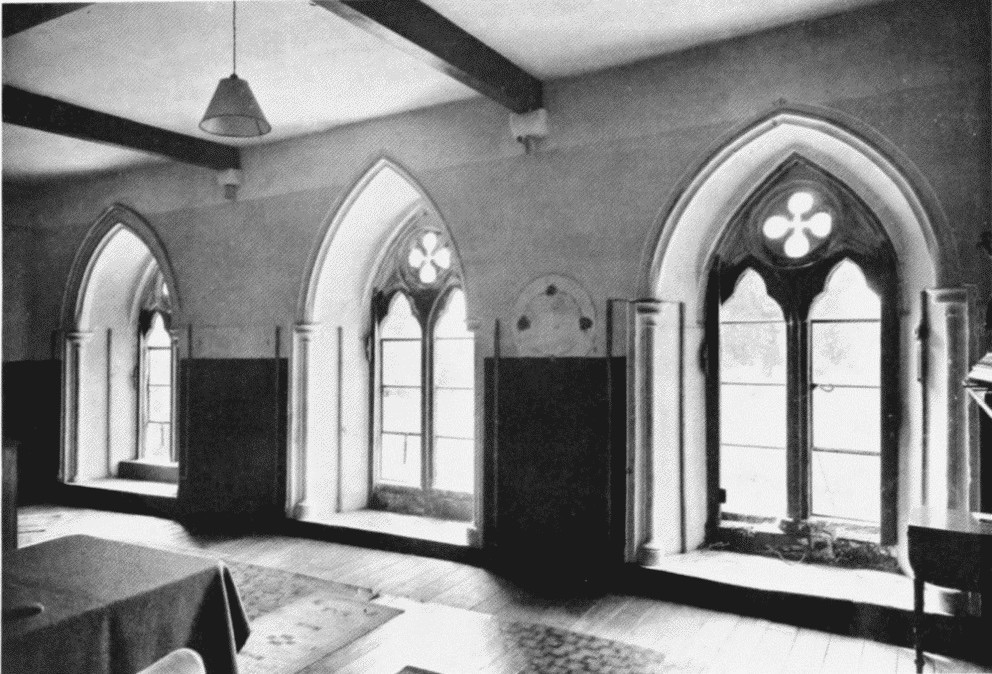history
Moignes Court History

Moignes Court is the oldest inhabited house in Dorset built in 1267. We know the date because a grant was given from Henry 3rd’s wife to William Le Moyne. The grant stated that he may “close his house at Ogre, county Dorset, with a good dyke and stone wall but without making crenellations”. We feel this restriction was probably due to the experience Henry had with Simon De Montfort’s rebellion where he and his followers hid behind crenellated castles and were difficult to defeat. Henry’s son who became Edward 1st defeated Simon De Montfort at the battle of Evesham in 1265. The Le Moyne’s had held the land since the time of Henry 1st in exchange for sargenty of the kitchen where they would provide the king with food as he travelled via Dorset around the country. Moignes Court was probably not the principle residence of the Le Moyne family. They also held property at Shipton Moyne in Gloucestershire, and in Essex. We believe that the occupants of Moignes Court were likely to be tenants of the Le Moyne’s. The Le Moyne’s held this land until the reign of Edward 4th when their daughter married Lord John Stourton. The Stourton’s who held the manor and Shipton Moyne until the reign of Mary. At that time Lord Charles Stourton was convicted of murdering his neighbours who lived near him in Wiltshire. He was hung with a silk chord due to his rank. Following that the estate was sold to William Wake, a Dorset man who later became the Archbishop of Canterbury. In the 1720’s Wake sold the estate to Sir Theodore Jahnsen who originally came from Holland and was a non-executive director of the South Sea company that was involved in the infamous South Sea bubble. The company had recruited him to add respectability to their board of directors. As there were no limited liability companies in those days the directors had to pay out very large compensations to the share holders. Jahnsen had to pay £200,000 which would be a huge amount in today’s money, which left him with £50,000. Most of the other directors were allowed to keep only £5000. Jahnsen’s daughter married the youngest son of the Earl of Dorchester Lionel Damer. In 1826 the Jahnsens sold the estate to the Cree family who have lived there for 8 generations until the current day.
information provided courtesy of Martin Cree
